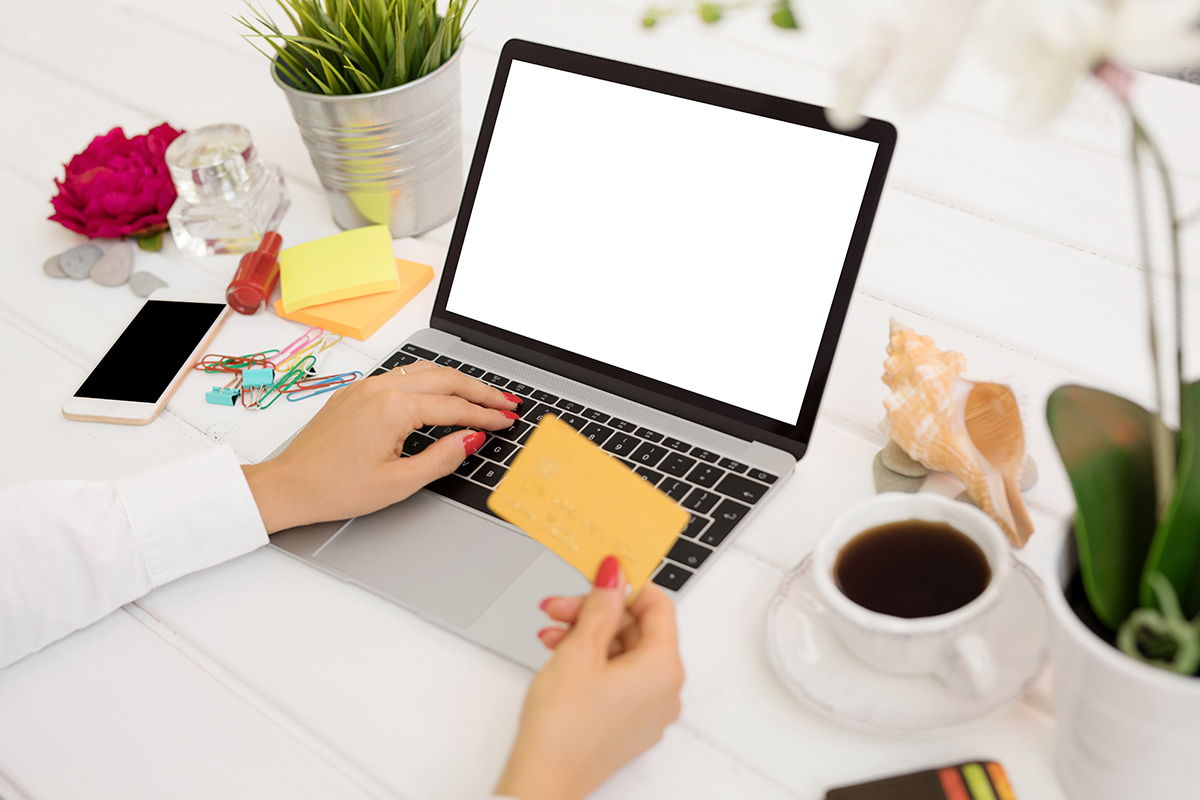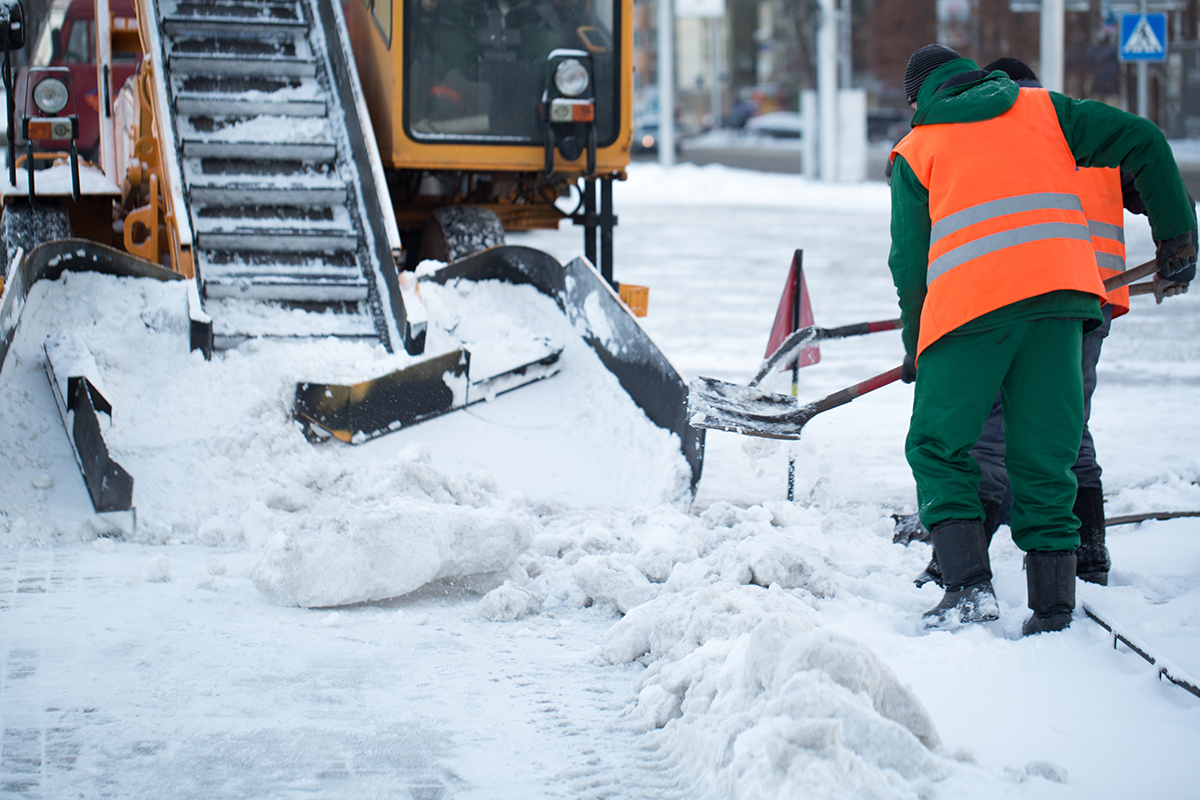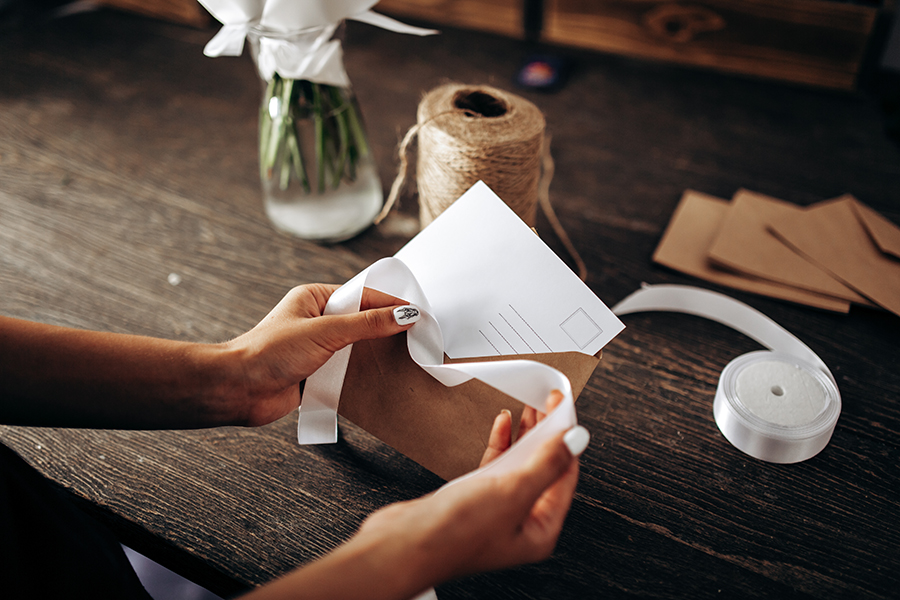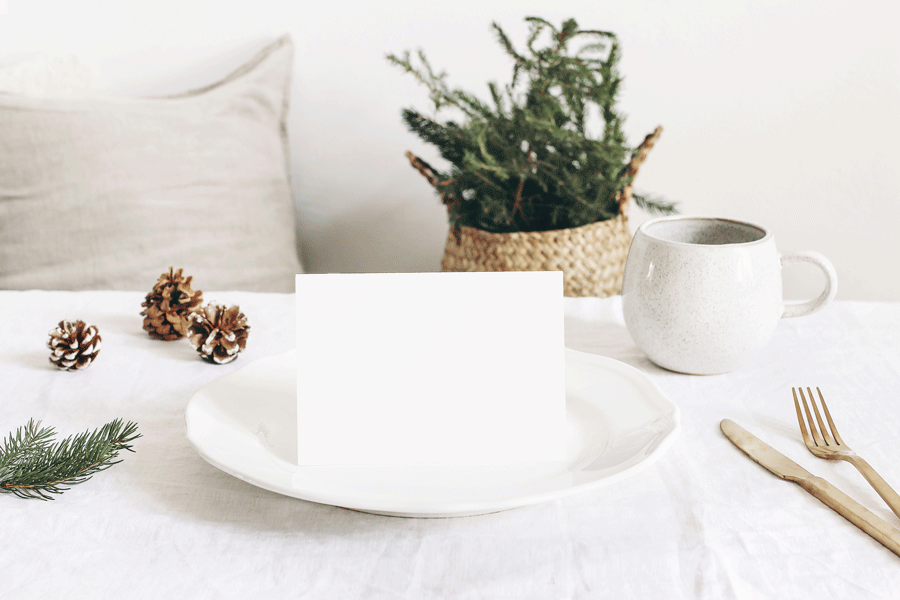A postcard is a thick piece of paper used to send a short message through the mail. The most common type is used as a form of correspondence between friends or family members to share information about their lives: recent news, events, vacations, etc. They are also used to share details about upcoming events, displays, and exhibitions. They can also be used for advertisements or the promotion of products or services.
Despite the internet and social media making it much easier to communicate with friends and colleagues, you can still choose to share your life, event announcements, and promotions via postcards. It is a more personal way to maintain contact with people who live far away from each other and a good alternative to email and phone calls.
There are two ways to make a postcard; you can either make your own by taking a picture and writing a caption underneath. Or you can use a pre-made template to make it look more professional. Templates are computer-generated files that include graphics and text. They are much easier to use: all you need to do is type your message, add photos, and save the file before printing it.
This article discusses what they are, the benefits of using them, and how to create your own postcards.
What are postcards?
A postcard is a rectangular piece of card-stock or thick paper that typically measures 4 inches by 6 inches, although other sizes are also available.
The front side typically contains an image or photograph, often with a caption or message, while the back side has space for a handwritten message, the recipient’s address, and a postage stamp.
The top section of the back is reserved for the recipient’s address, with a line for the name, another line for the street address, a third line for the city and state, and a final line for the zip code. The left side is reserved for the message, with space for the date and a greeting or introduction. The right side has lines for the sender’s name and address.
The U.S. Postal Service first introduced postcards at the end of the 19th century. The patent was issued to John P. Charlton in 1861. They became popular in the early 1900s with the introduction of inexpensive printing techniques that allowed mass production. They were used to share pictures of families and friends, advertise trips, or share travel stories.
In the 20th century, postcards also became a popular way of sending holiday greetings or a love note. They were also used for advertising because they contained more details than a typical small flyer. Hotels, resorts, and other vacation spots also use them to advertise their businesses to potential customers.
They can be mailed or hand-delivered to another person or business.
Download Postcard Templates
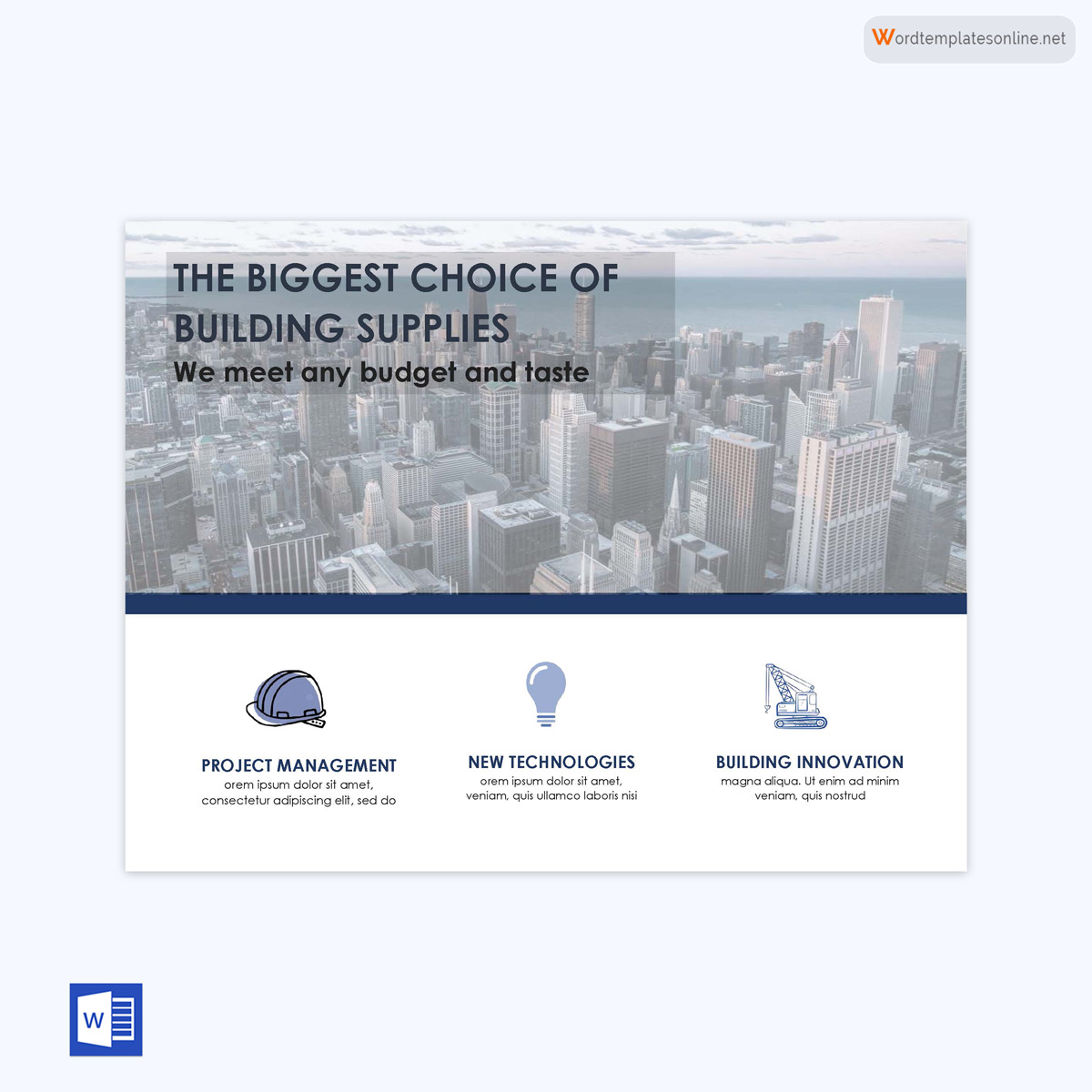
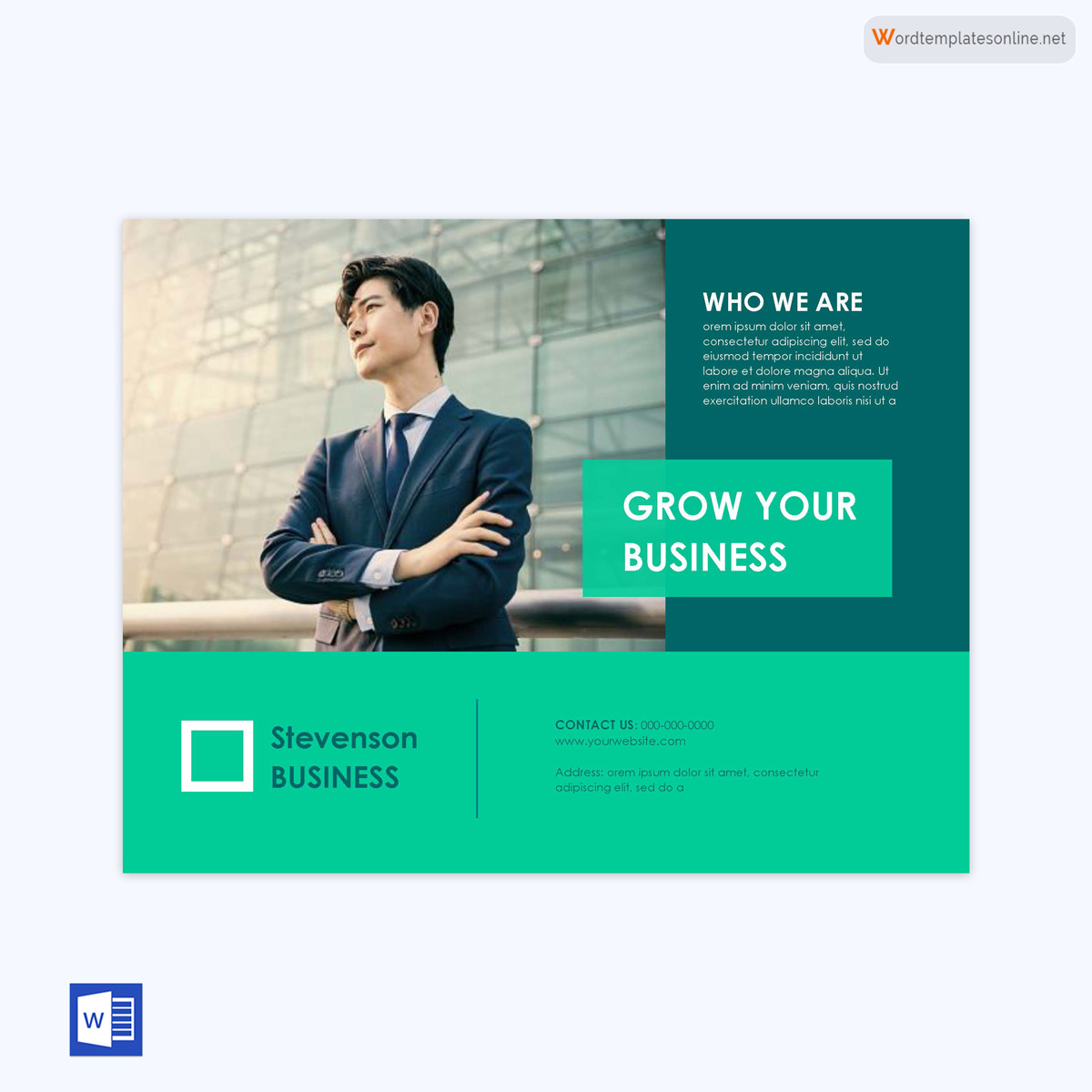
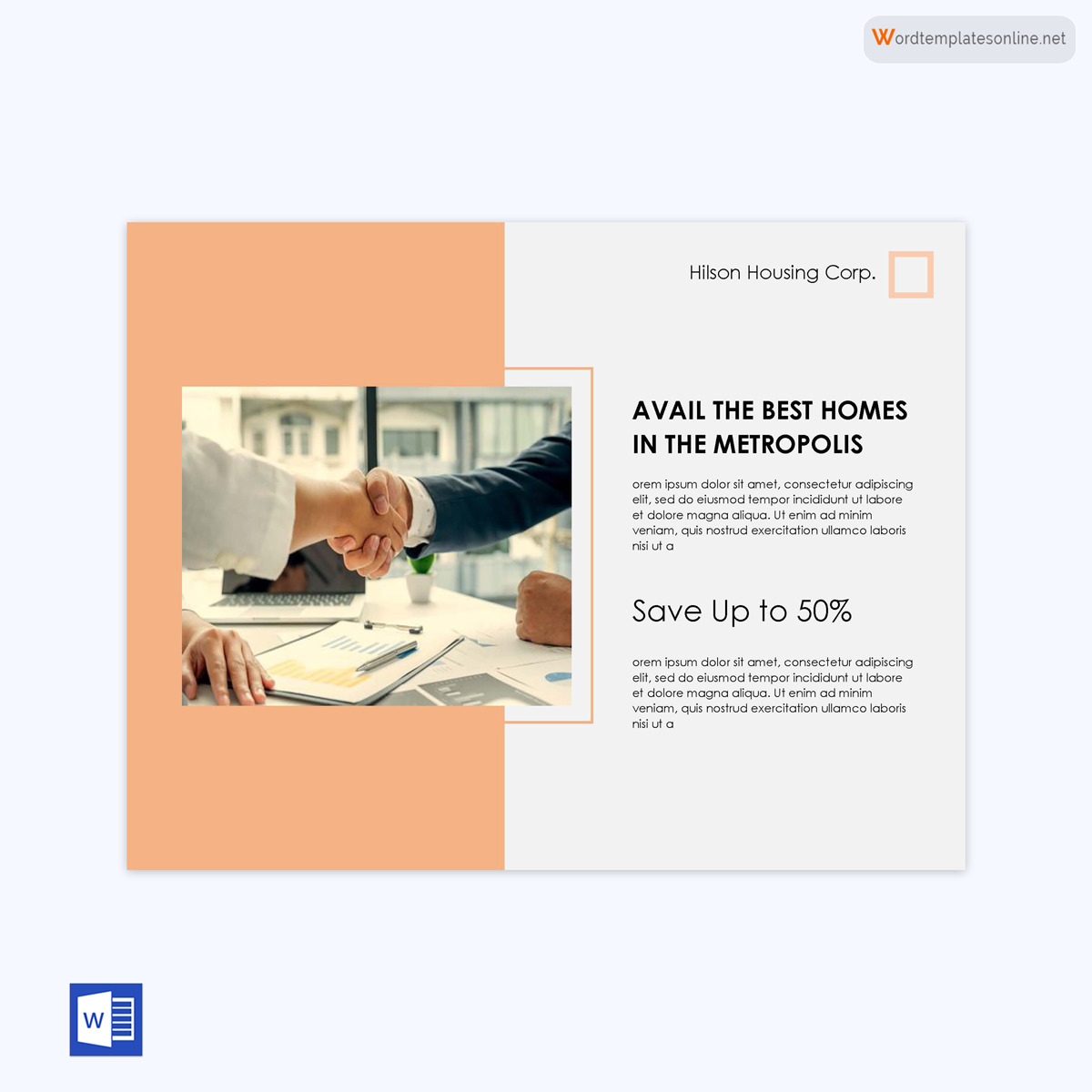
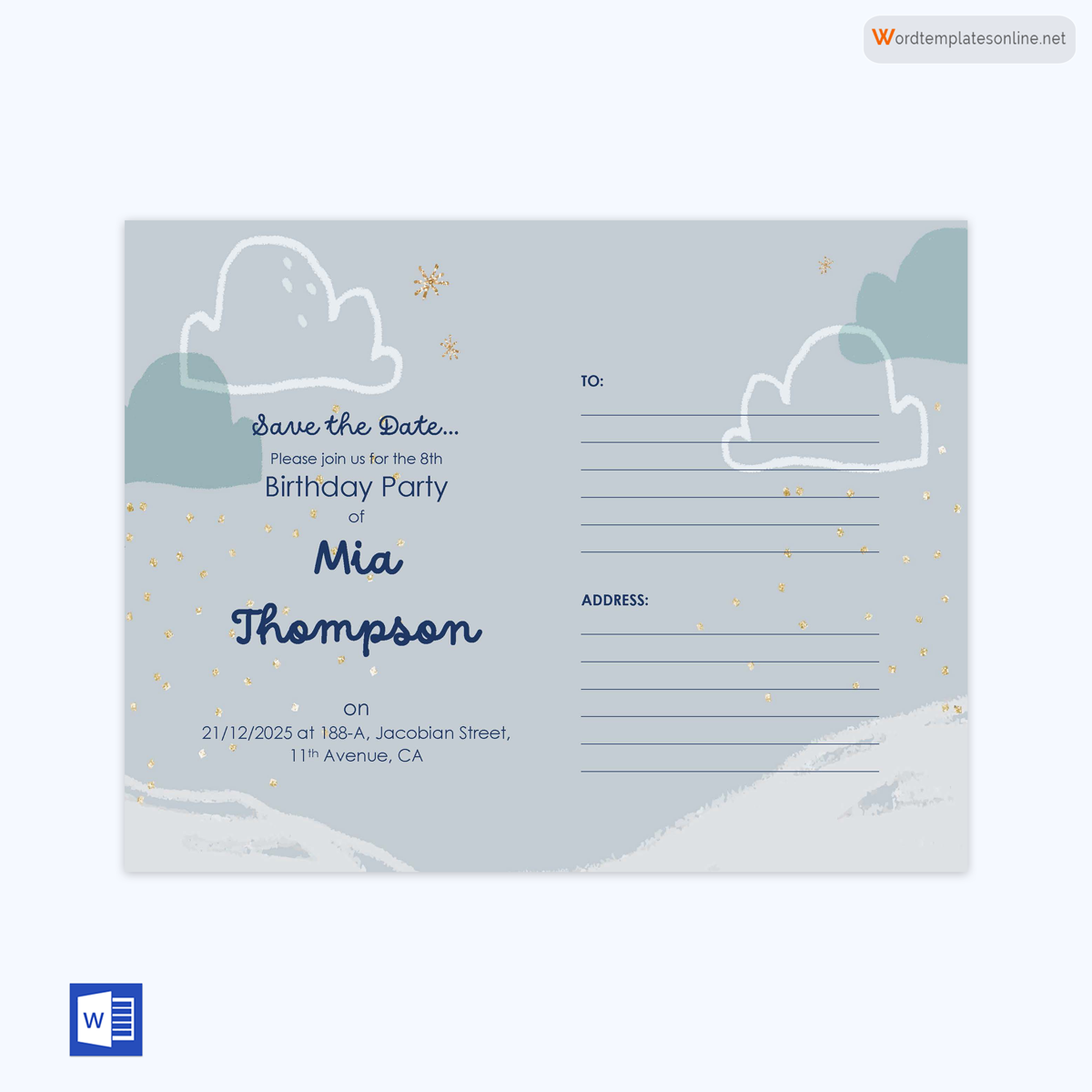
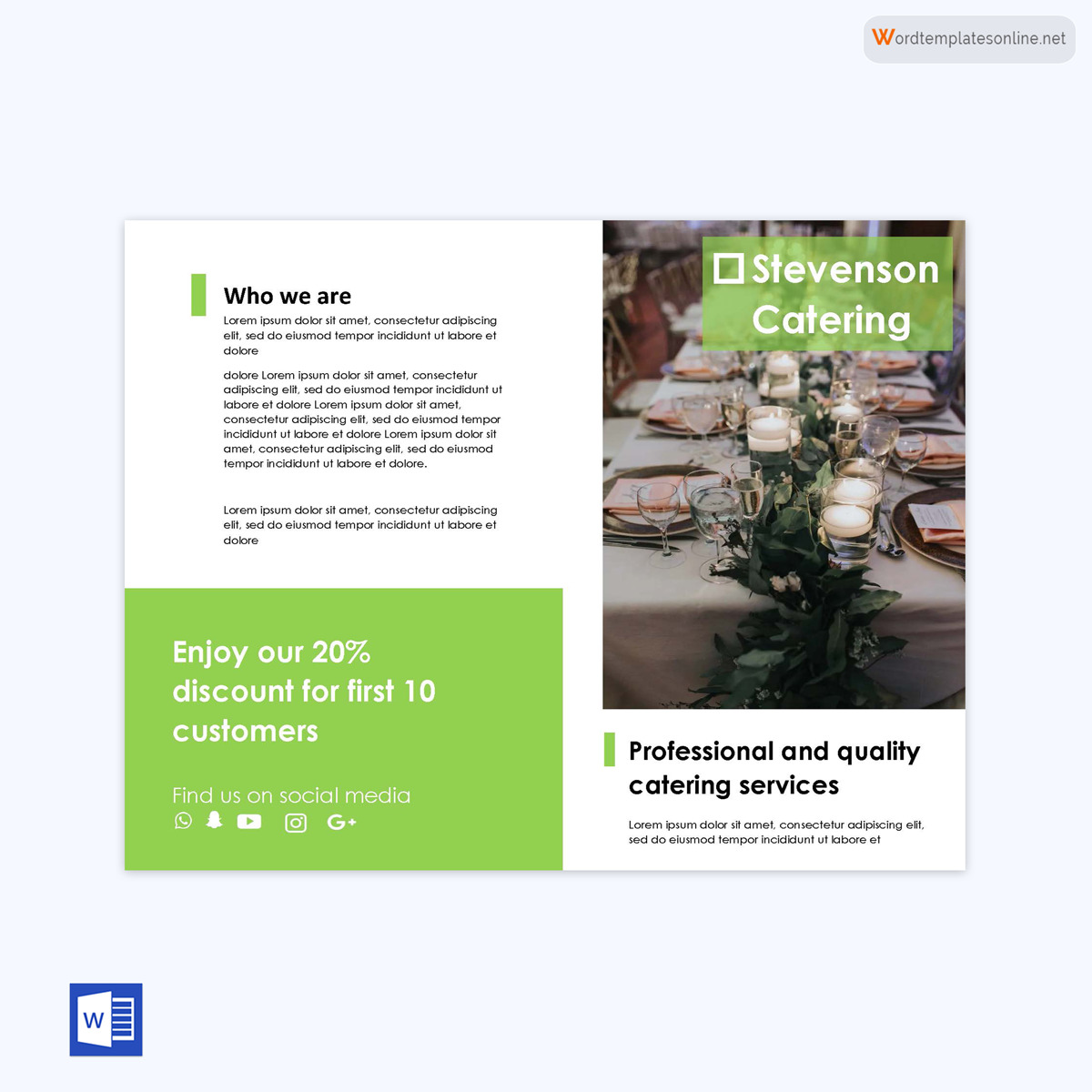
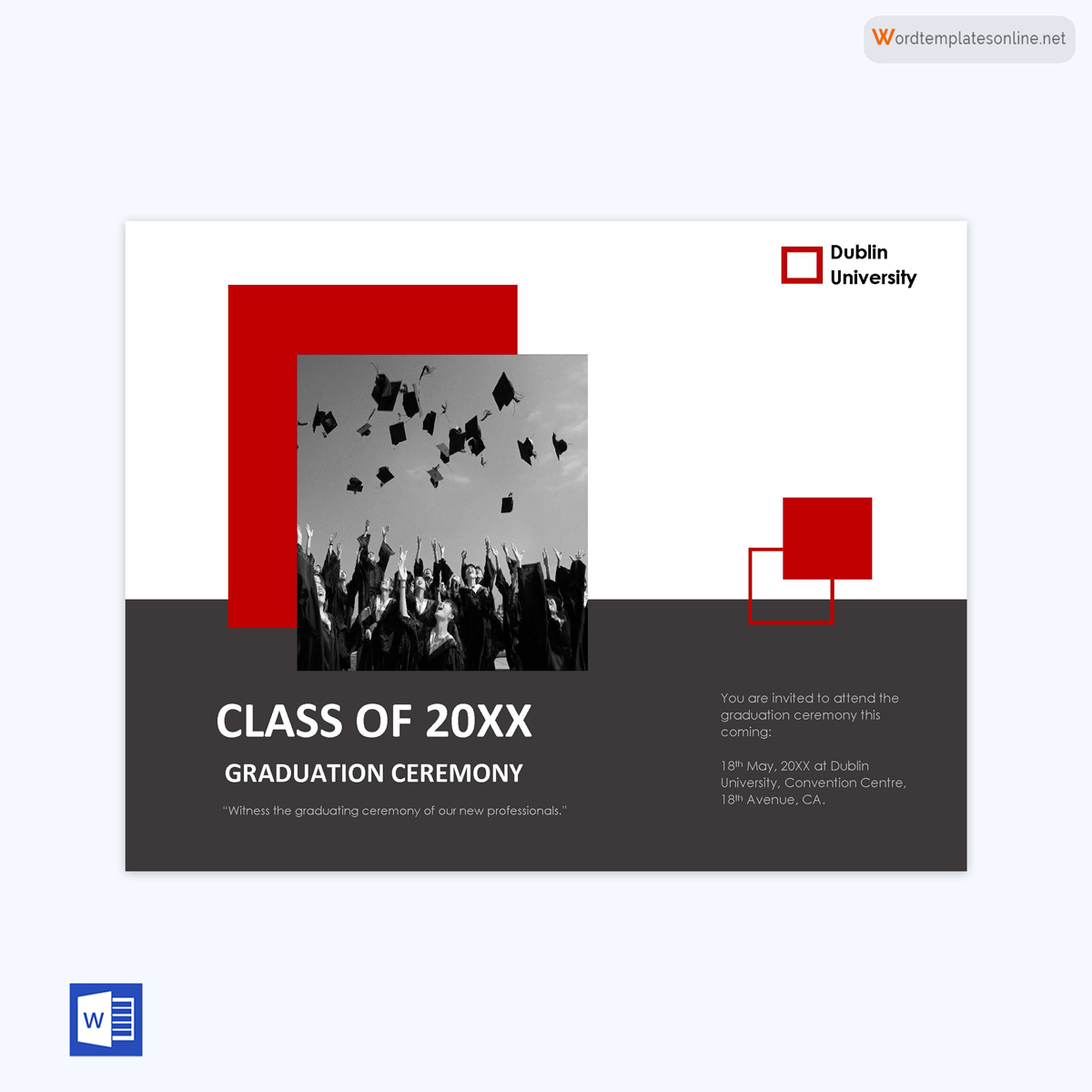
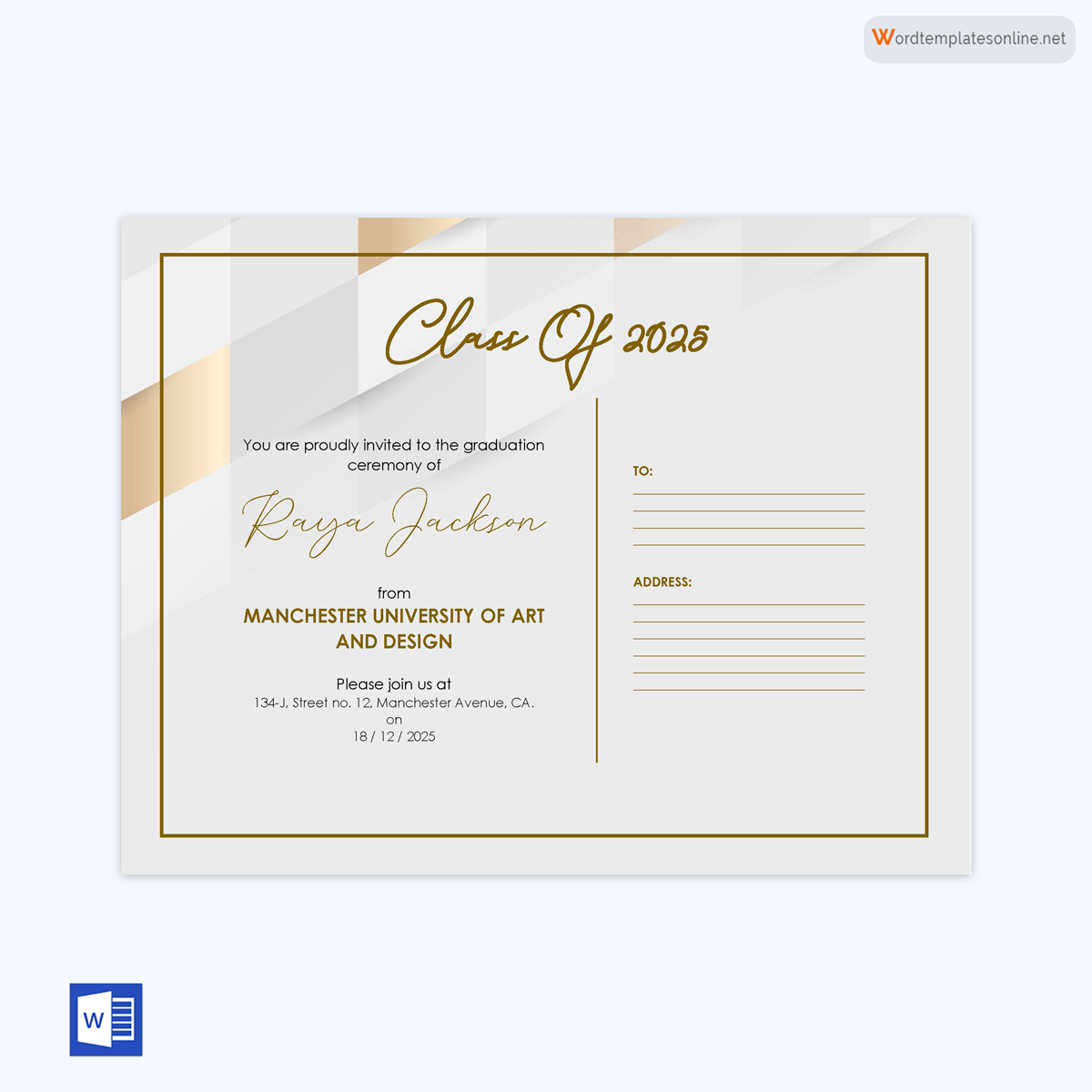
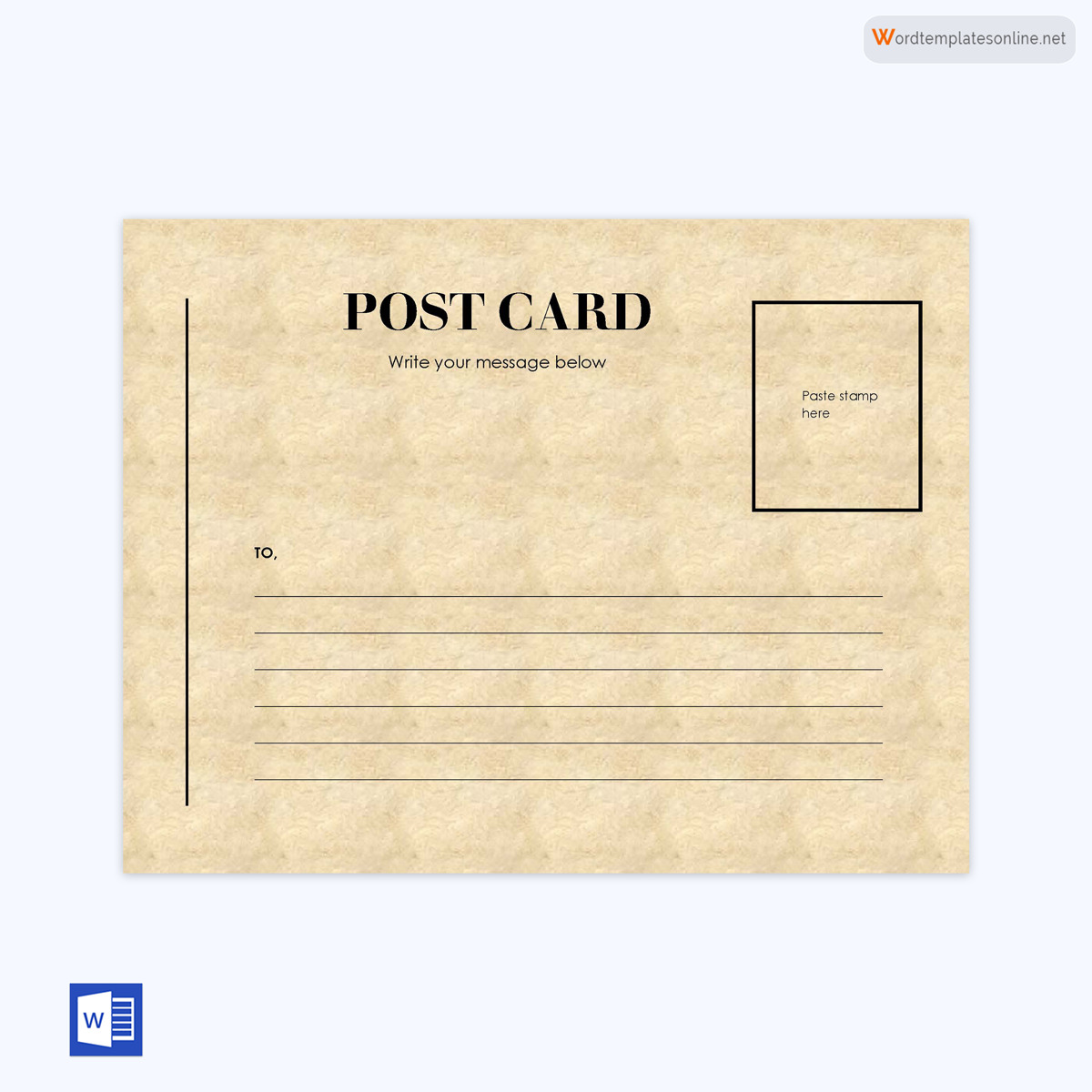
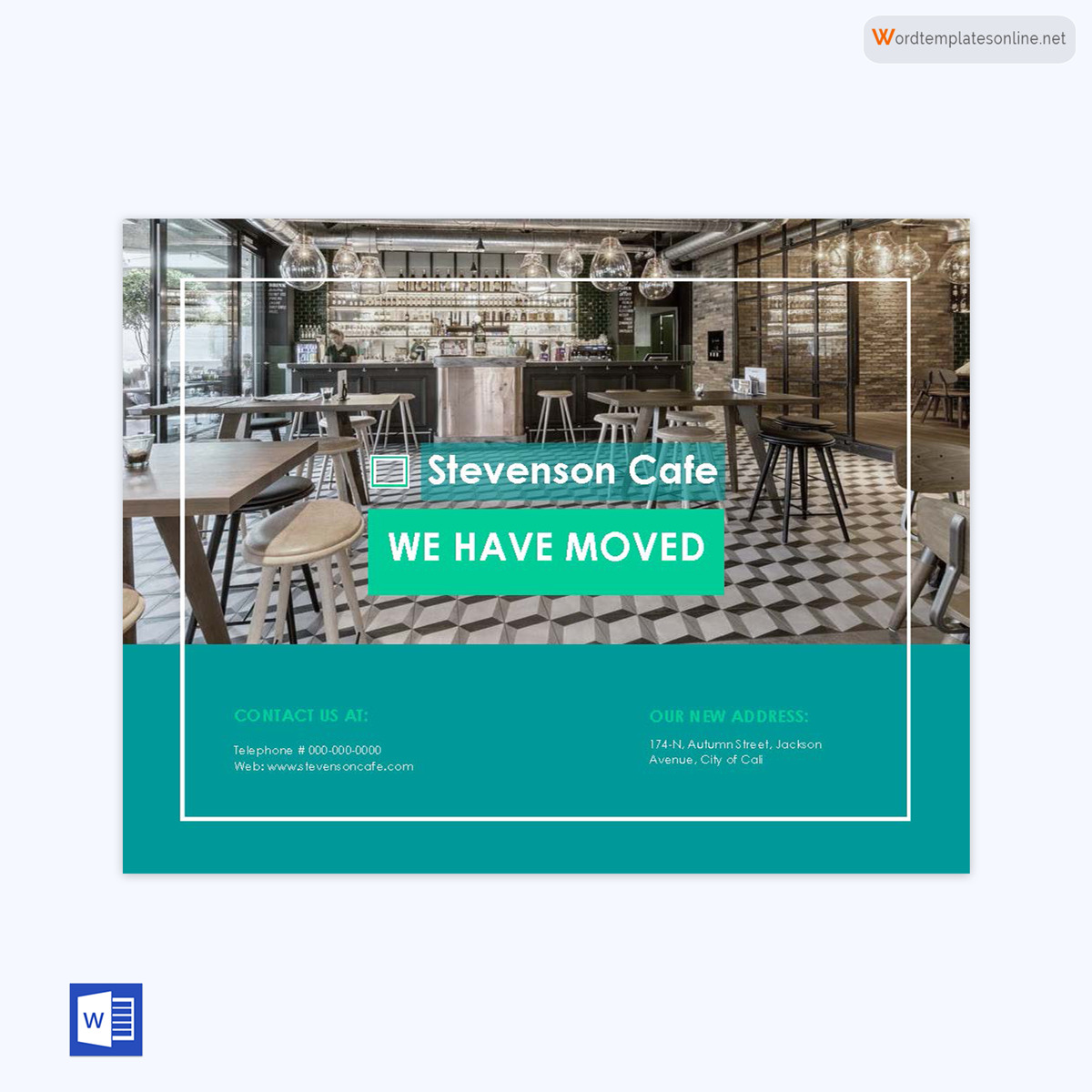
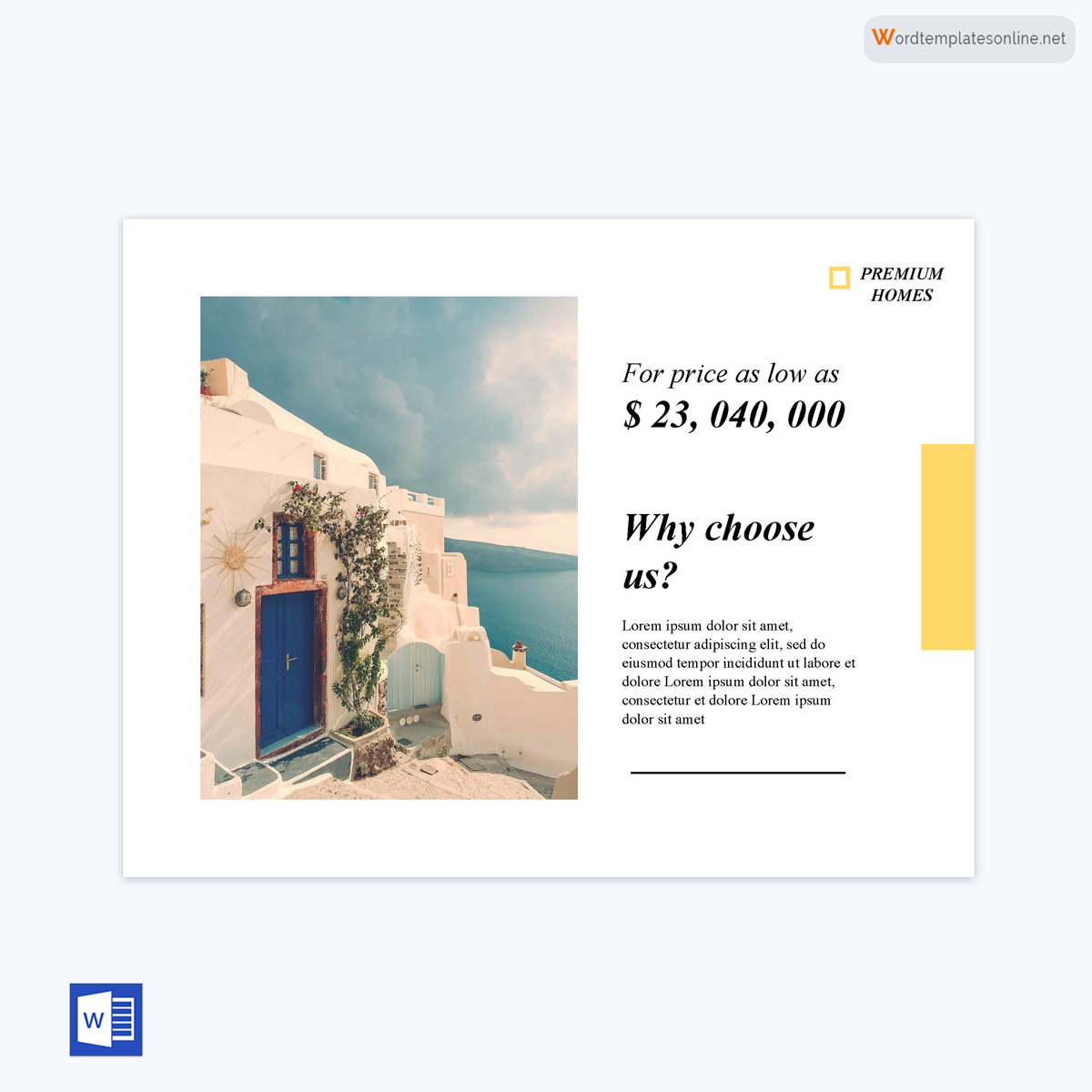
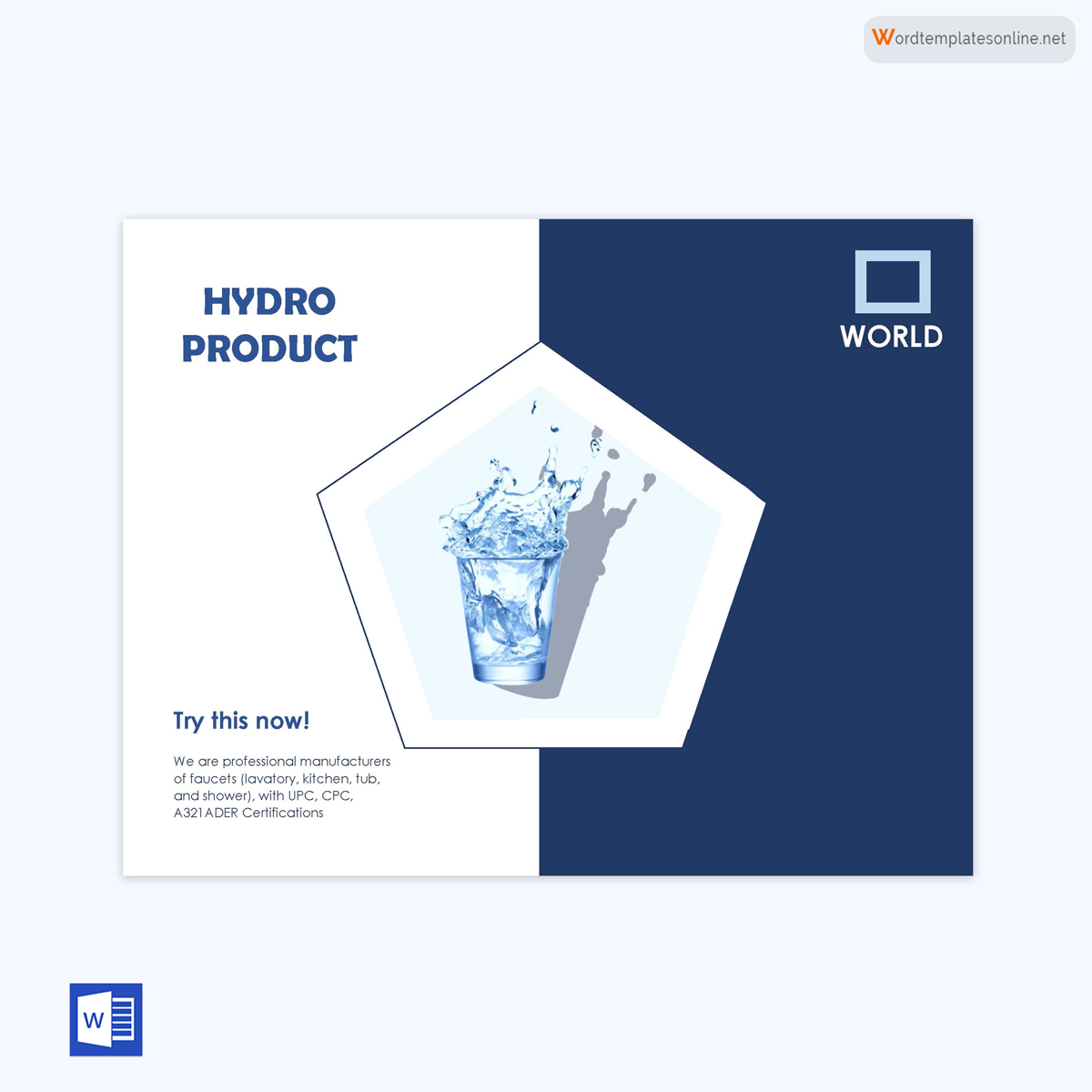
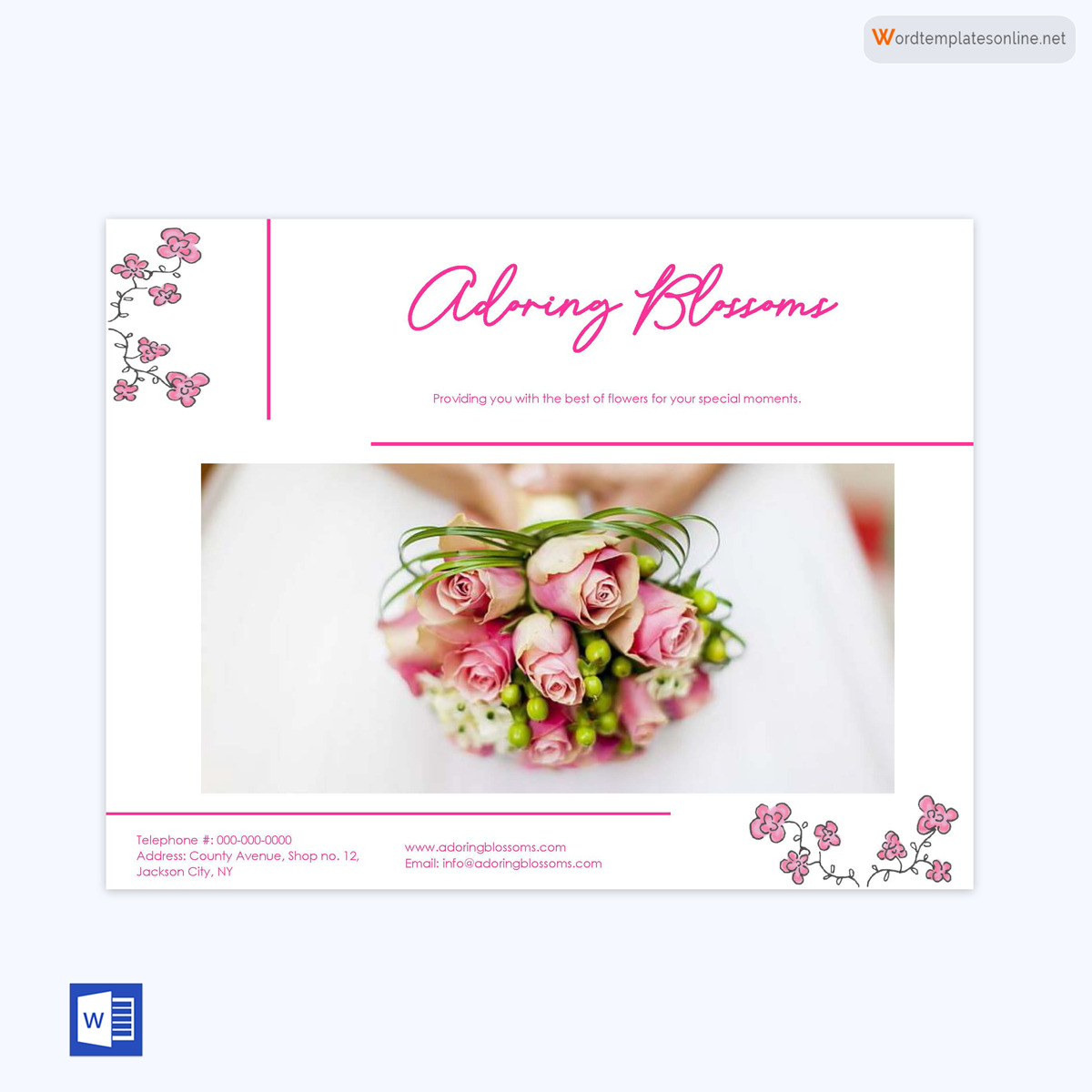
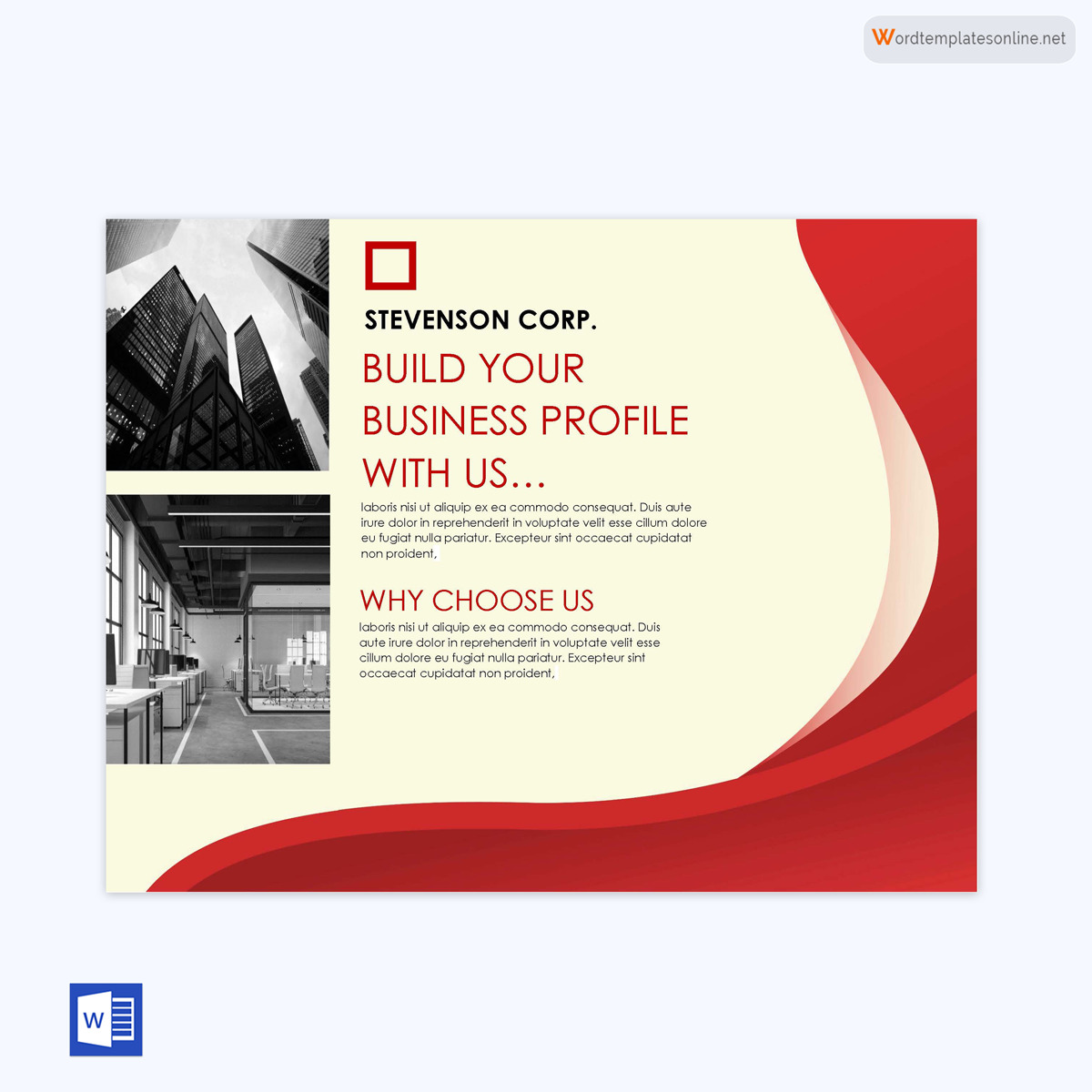
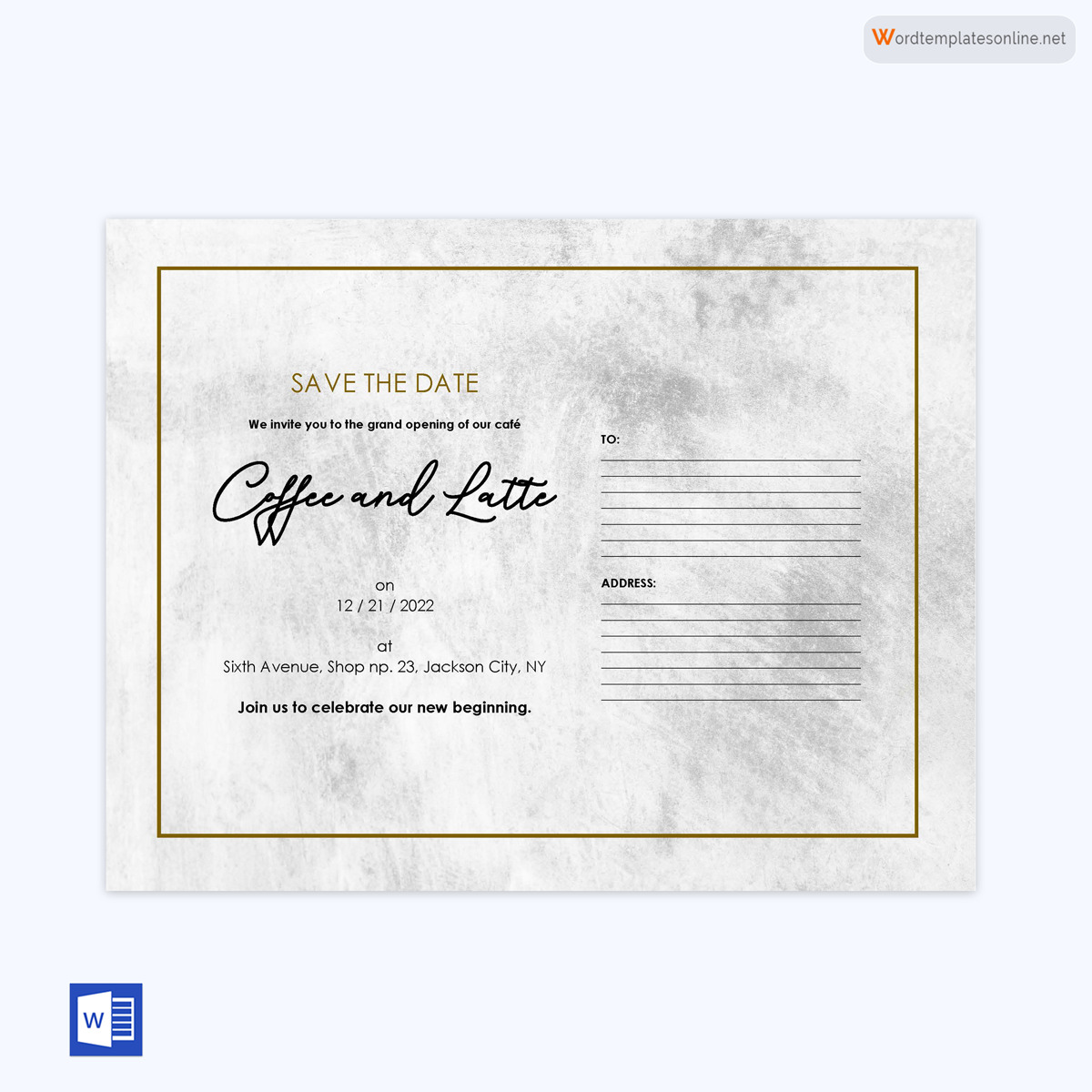
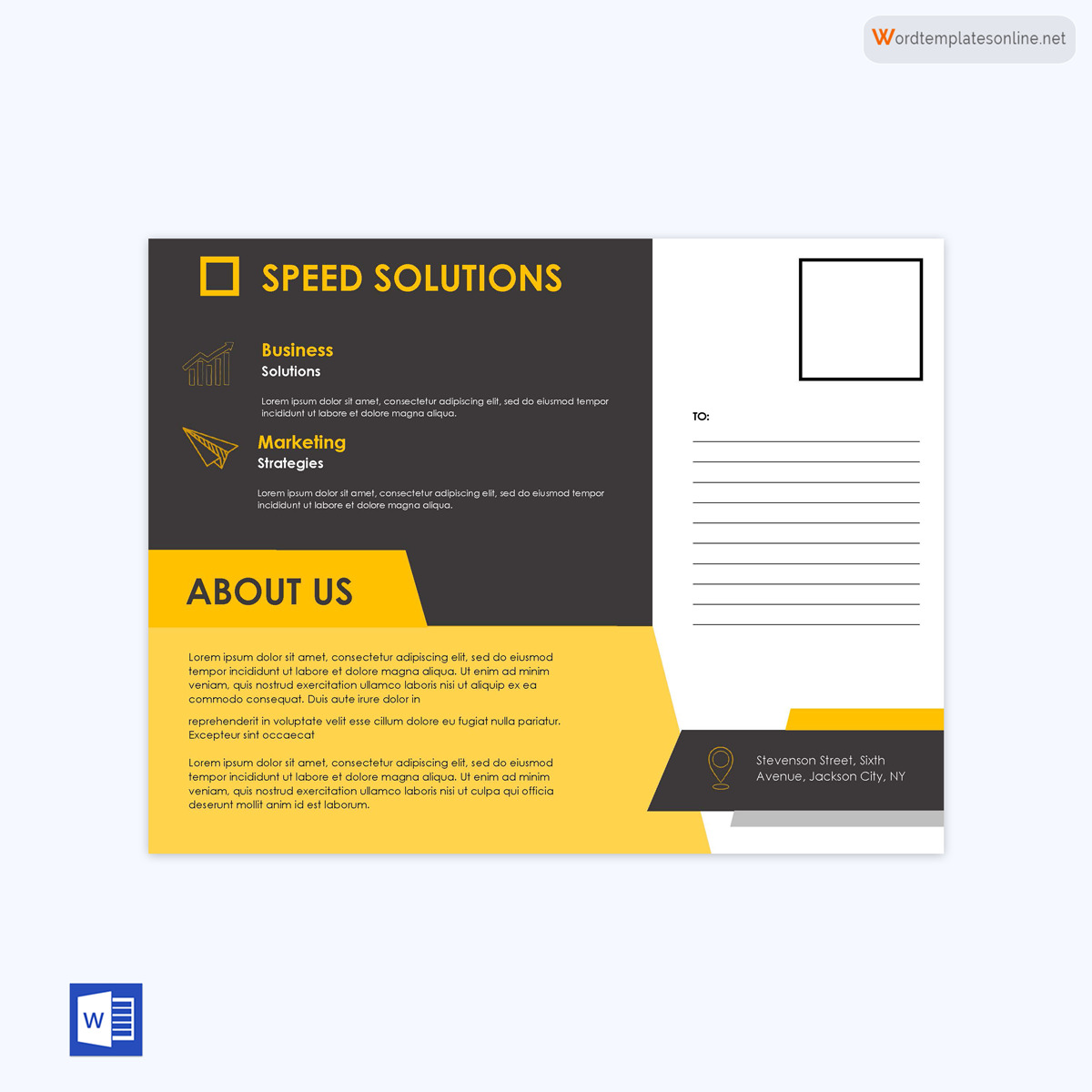
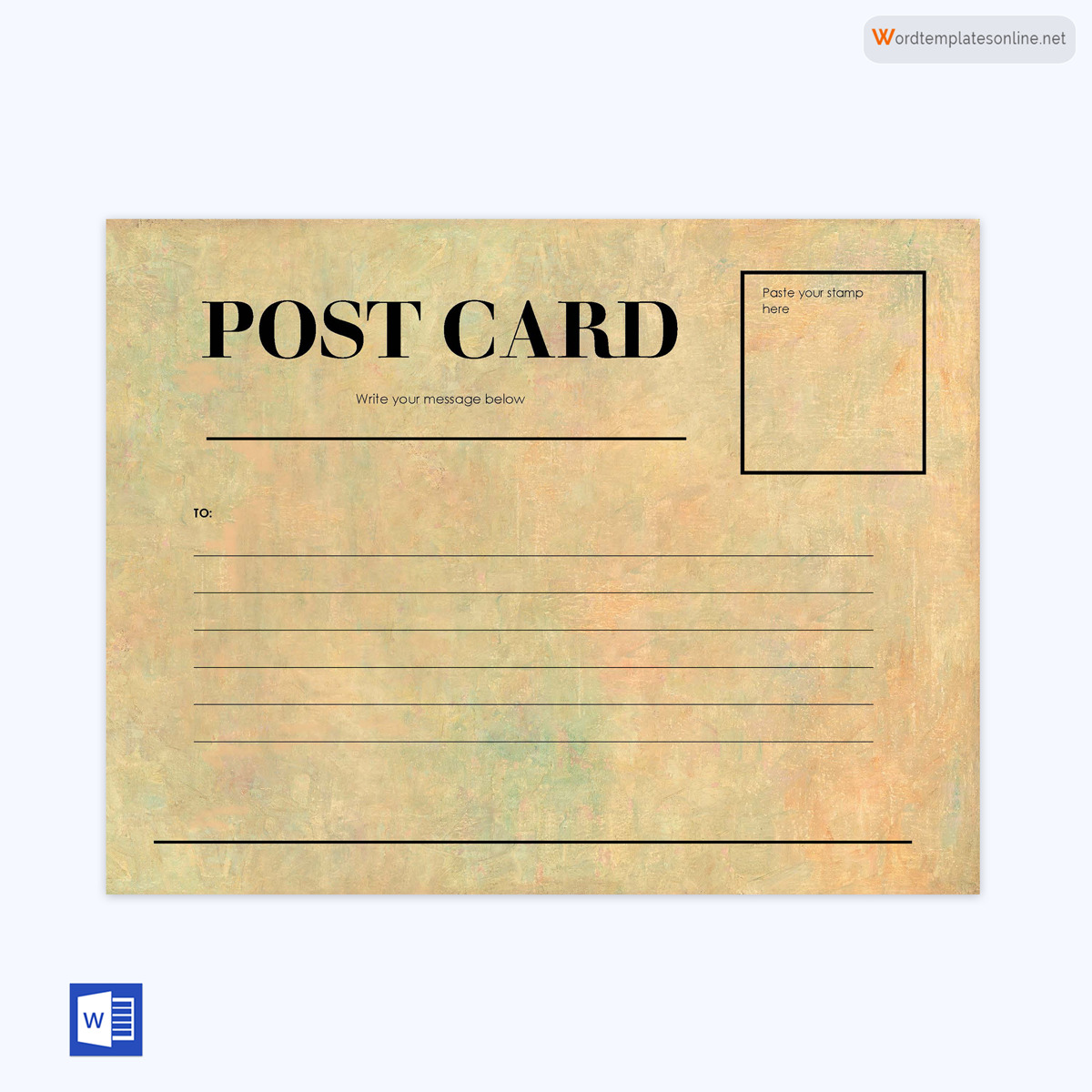
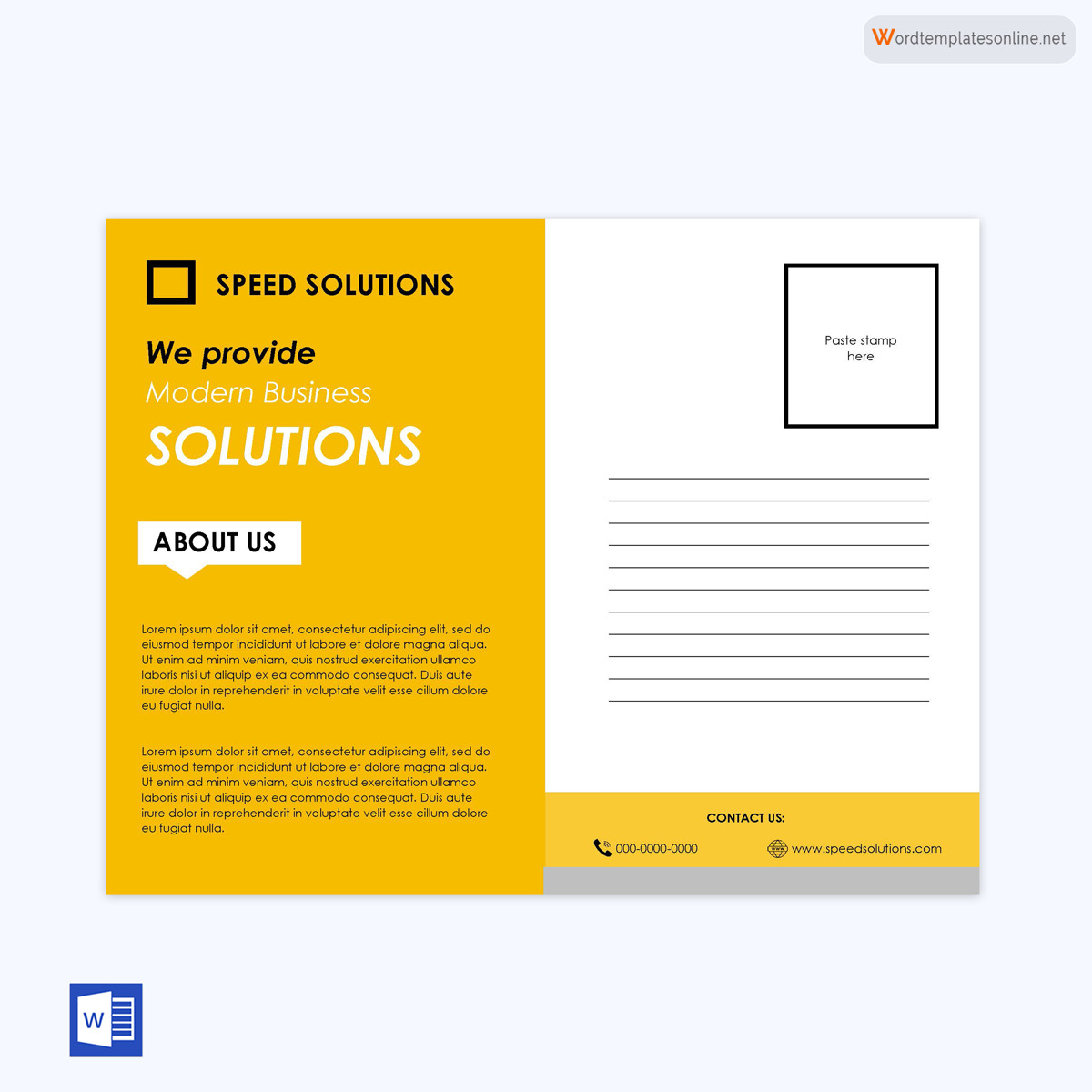
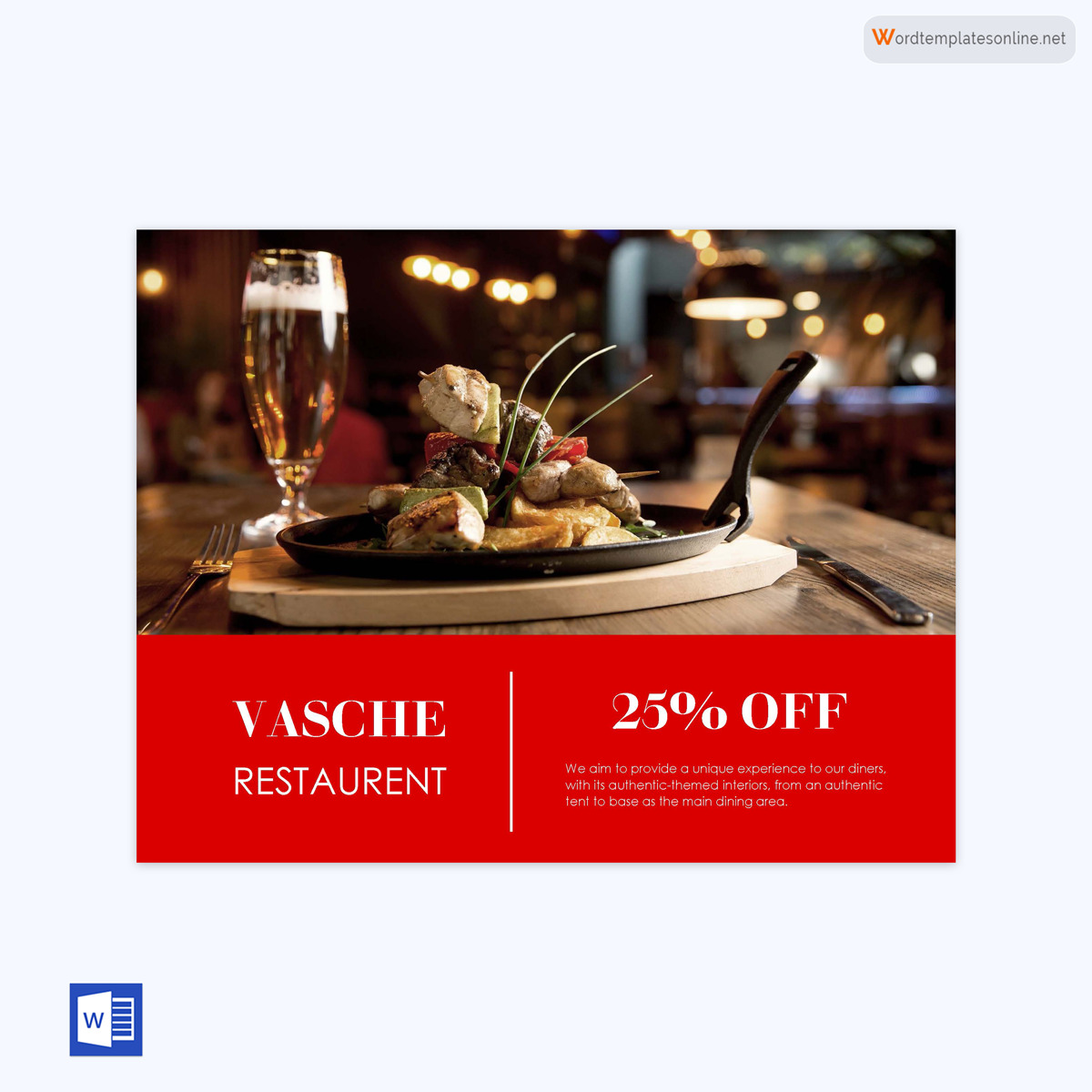
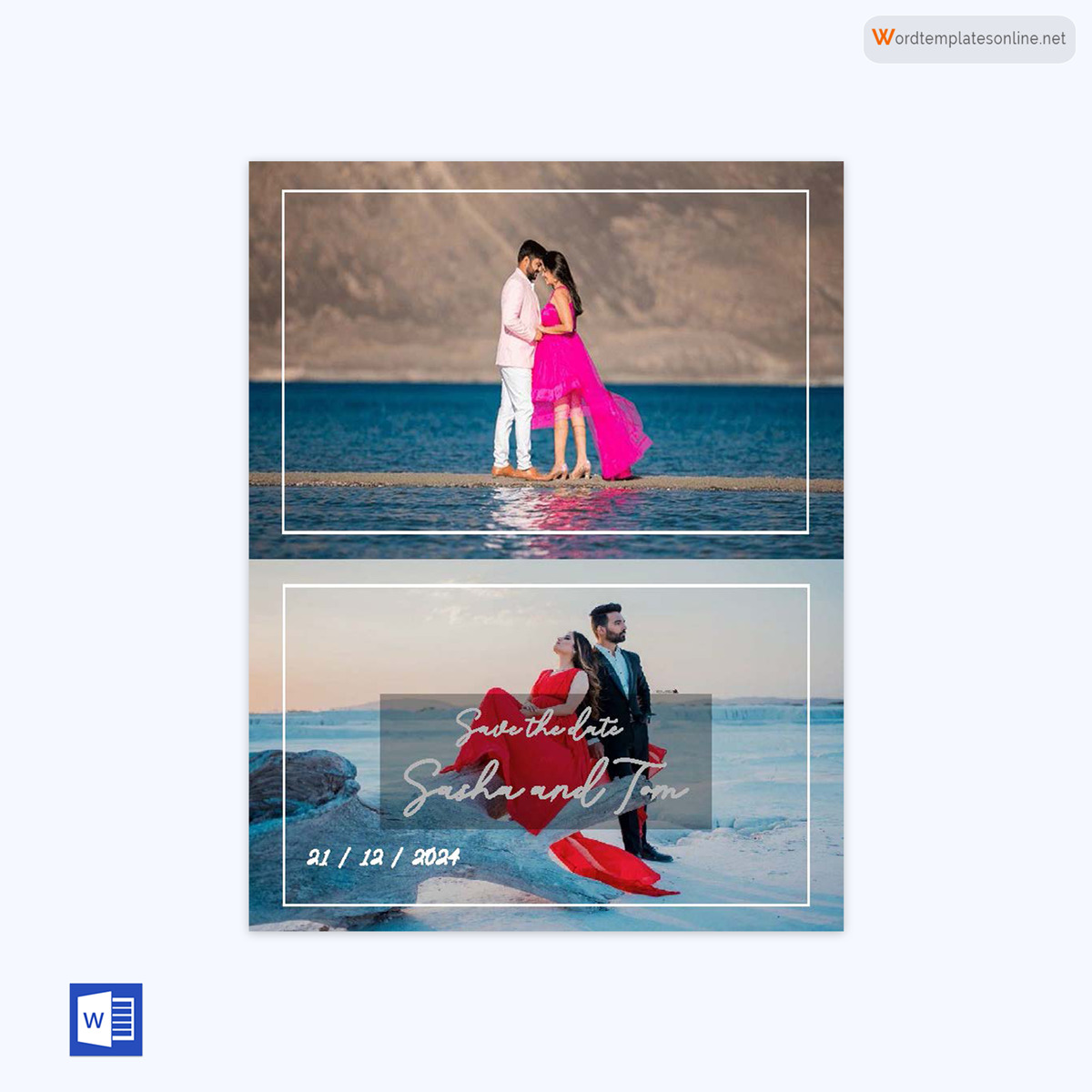
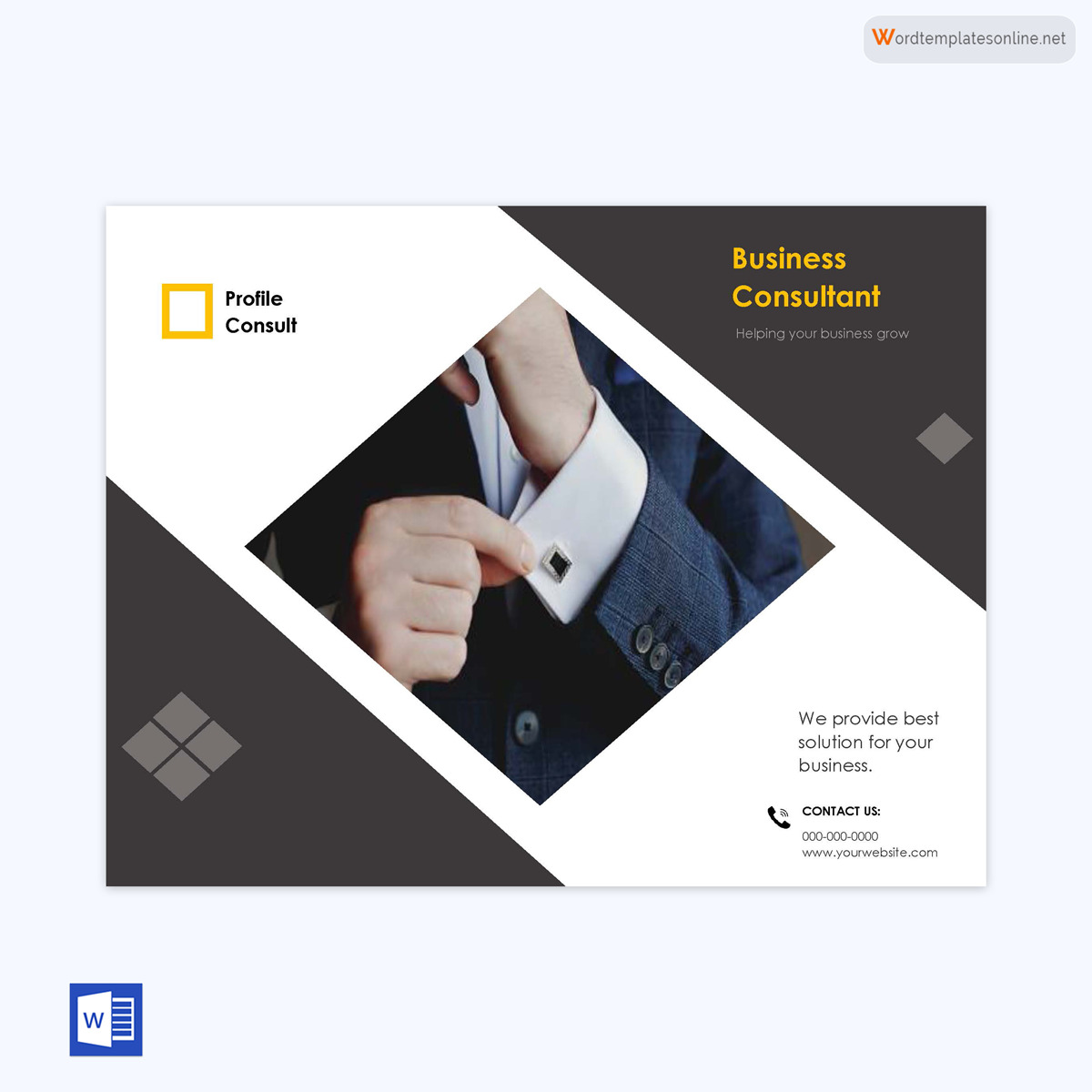
Benefits of Using Postcards
There are several advantages to using postcards. Some of them are listed below:
Affordable
The main benefit is that they are affordable. They are an affordable option for communication, both for personal and business use. They cost less to produce and send than traditional letters or brochures.
Versatility
Postcards can be used for a variety of purposes, including marketing, promoting events, sharing news, or simply staying in touch with friends and family.
High visibility
They have a higher chance of being noticed by the recipient as they are typically mailed separately and their design is often attractive.
Easy to create
Postcards are easy to create and design, especially with the many online printing services available. You can also personalize them with your own images and text.
Eco-friendly
They use less paper than traditional letters or brochures, making them a more environmentally friendly option.
Postcards vs. Postal cards
“Postal card” and “postcard” are often used interchangeably, but technically they are slightly different. A postal card is issued by the postal authority and has a pre-printed stamp and postal indicia on it, whereas a postcard is usually just a card with a design on one side and space for an address and message on the other. In practice, however, the terms are often used synonymously, and both refer to a card that is sent through the mail without an envelope.
How to Write a Postcard: A Step-by-Step Guide
Whether you are sending a postcard to promote your company, products, or events, you will need to draft a compelling message that is clear and easy to understand.
To ensure the success of your campaign, here is a step-by-step guide to writing one:
Step 1: Choose a postcard
Select a postcard that suits your occasion or purpose. They can be found in various sizes, designs, and themes.
Step 2: Address it
Turn the postcard over. The backside is usually divided into two sections: the first half contains the recipient’s address, and the second half contains your message. Write the recipient’s address on the right side, leaving enough space for a stamp.
Step 4: Include the date
If you are sending out a postcard for a particular event, such as a conference or a party, you must include the date and time of the event. However, it is not essential to do this if it is for promoting your services or product, as it will still be effective without dates and times.
Step 5: Write your message
The content will depend on the occasion or purpose for which it is being sent. Generally, postcards are brief and concise, so it is important to convey your message effectively in a limited space.
Here are some ideas on what to include:
- Start with a friendly greeting that sets the tone for the message.
- If you are sending a postcard to keep people informed, provide updates on what has happened since your last communication.
- If you are inviting people to an event or party, make sure to include details like the date, time, and location.
- If you are sending a postcard to thank someone for something they have done, be sure to express your gratitude and mention the specific act or gesture that you are grateful for.
- If you are sending to promote a product, service, or business, make sure to highlight the benefits and features that make your offering unique.
- If you are sending one to a friend or family member, include a personal message that is specific to your relationship.
Step 6: Add a closing
End the message with a closing, such as “Best regards,” “Sincerely,” or “Yours truly.” Sign it with your name or initials.
Step 7: Mail it
After completing the message, attach the postage and put it in the mailbox.
Frequently Asked Questions
You do not have to provide a return address. If you are sending the postcards in bulk, there is no need to include your address. However, if you are sending a personal one with content that requires attention or appreciation, then it is highly recommended that you include your address on the card. If you choose to include a return address, place it in the upper left-hand corner of your postcard.
Postcards are a unique form of mail that differs from letters or parcels in several ways. They are smaller, typically measuring 3.5 inches by 5 inches or 4 inches by 6 inches, and have a specific format that includes a designated space for the recipient’s address and a separate area for the message. Unlike letters, they do not require an envelope, and postage rates are generally lower than those for letters or parcels. Postcards are often used for short, simple messages or to send greetings from a specific location and are popular as souvenirs or collectibles.

